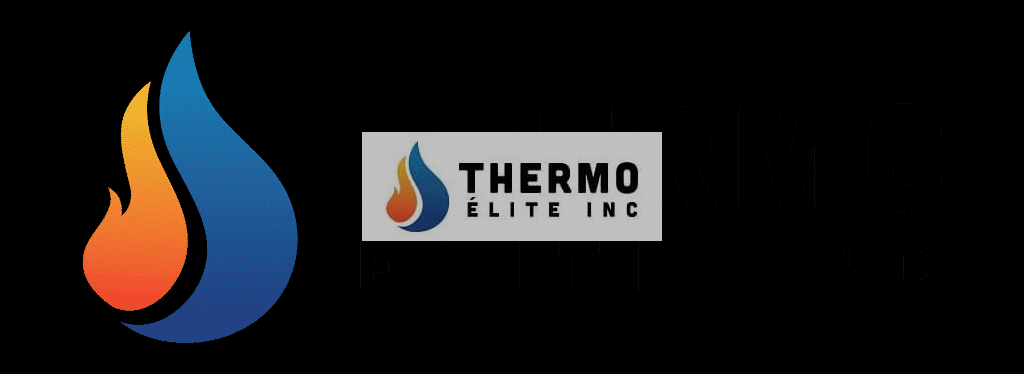It’s the responsibility of those in charge of maintenance and reliability in an organization to train everyone involved on new and innovative products and technologies. The use of infrared windows in condition-based maintenance programs is catching on fast, and that includes Ottawa as well. In this article, we’ll be discussing transmissivity and its importance in the inspection of energized electrical assets.
What Is Transmissivity?
The ability of radiation to pass through any object is referred to as transmissivity. In the field of infrared electrical inspections conducted on energized equipment, infrared inspection windows are now considered the industry standard as they have increased the inspection process’ safety and efficiency. While the material may vary, commercial IR window optics are usually manufactured using crystals or polymer. The inspector must possess knowledge about the optic material used in the windows.
Why Is The Optic Material Important?
Depending on the optic materials used, the transmission rates shall vary. The transmission rate of windows with crystal optics will be different from the transmission rate of windows with polymer optics. Again, even if the optic material used is the same on all the windows, the transmission rates shall still vary depending on the difference in thickness between the windows. To ensure that the data collected is interpreted correctly and accurately, the inspector must be aware of the transmission rate of the window under inspection.
IR Windows and Transmission Stability: Transmissivity’s Effects on Data Accuracy
What has the inspector got to do with a window’s transmission rate? It’s the transmission coefficient. The inspector must make no mistake in entering the correct transmission coefficient into the infrared camera’s settings so that the final temperature data given by targets behind the window can be obtained for accurate readings.
There may be significant errors in temperature readings if the inspector fails to compensate accurately for actual transmission. Inaccurate data may influence the inspector into reaching a false negative conclusion about the condition an electrical asset is in. This may cause catastrophic failures that are expensive exposing the establishment to great risks.
As an inspector, you may be wondering why the manufacturers of these windows don’t label them with their transmission rates. It should be borne in mind that it’s only at a specific wavelength that a window’s transmission rate is accurate. There are many different types of IR cameras in use out there in the field.
The detectors in the infrared cameras use a wide band of infrared wavelengths, which directly influences the sensitivity. Again, these different cameras also vary in sensitivity along the infrared spectrum which translates into the particular camera the inspector is using is more or less sensitive than the specific wavelength of the window. This makes labeling the windows with their transmission rates untenable.
Besides, over time, the transmission values of the optic may change, more so if it has been made with crystals. Crystals, as we know, drift due to water ingress and the ingress of other contaminants as well. Polymer optics, on the other hand, maintains a stable transmission rate over a certain period. These are just some of the reasons why it’s not prudent to publish a transmission value on an IR window. This raises the question—how should inspectors calculate a window’s baseline transmittance?
Calculation of Baseline Transmittance of a Window
The transmittance value of the IR window should be determined before it’s installed. The preferred method is calibrating the camera using an IR window and a target that has displayed stable temperature.
The temperature displayed should be within the range that the actual target is supposed to display under standard operating conditions. The transmission coefficient stored in that camera should be used as a reference for carrying out further inspections on the target asset with more confidence.
Determining the accurate transmissivity value by an inspector calls for deft handling of the thermal imaging camera. Here are a few handy tips on how an infrared camera should be handled.
Tips for Proper Handling of Thermal Imaging Cameras
While inspecting a property, an inspector comes across various cold and hot spots that require careful interpretation. It requires a great deal of practice to properly interpret thermal images and locate where the problems lie. Here are a few useful tips-
- Every hot and cold spot doesn’t indicate problems. If a problem is misdiagnosed, unnecessary demolitions might be carried out that are costly
- Avoid making snap decisions. If you are getting started, you may need time to arrive at credible conclusions. We suggest that you consult others with the available data before taking the final call
- You should train yourself well in interpreting thermal images properly. You would do well to get an ITC certification in Ottawa and refer to free online training
- Until you’re confident about being able to interpret thermal imaging analysis correctly, don’t charge extra for it and neither should you advertise the facility
- Go through the Level 1 Thermography course to acquire a thorough understanding of how you should adjust for emissivity while taking temperature measurements. The courses are can be done from Ottawa and other locations in Canada
- Owing to low emissivity, the temperature of shiny objects can’t be measured accurately with a thermal imager. You can use easy and cheap means to raise the emissivity of targets as a solution.
Conclusion
While inspecting energized electrical assets with IR cameras, the transmissivity of an IR window becomes a critical data point. The transmission coefficient value of the window must be programmed into the IR camera so that the accurate temperature readings of the target can be determined.
Failure in feeding the IR camera with the correct transmission coefficient value could give inaccurate temperature readings masking the deteriorating condition of an electrical asset which may lead to catastrophic consequences. Thermal imaging cameras require deft handling. Our tips should help you gain mastery over it with practice.



